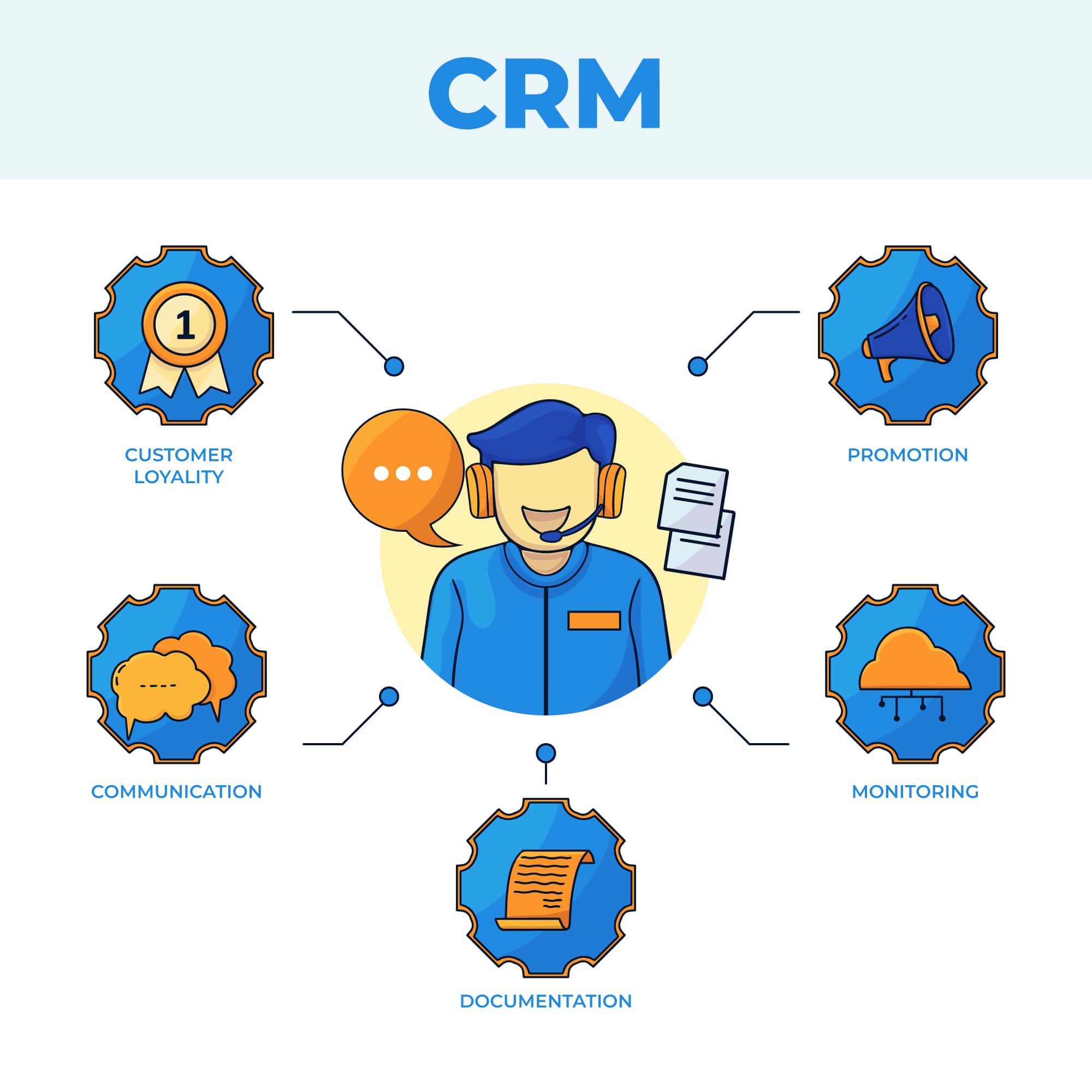In today's dynamic business landscape, where customer interactions play a pivotal role in shaping brand perceptions and driving revenue, the seamless integration of technology becomes paramount. One such integration that holds immense significance for businesses engaged in telecalling operations is telecalling software with Customer Relationship Management (CRM) systems.
This harmonious synergy can bring many benefits, enhancing customer service, boosting sales, and streamlining operations. This article delves into the importance of integrating telecalling software with your CRM system and how it can revolutionize your business operations.
Understanding Telecalling Software and CRM Integration
Telecalling software, called call centre software or contact centre software, is a comprehensive tool for managing telecalling operations for businesses. It facilitates efficient call communication, making customer support processes smoother and more effective.
On the other hand, a CRM system acts as the nerve centre of customer information, providing insights into customer behaviour, preferences, and interactions. Integrating these powerful tools can bridge the gap between customer communication and data management, resulting in a seamless and personalized customer experience.
Enhancing Customer Experience
At the heart of successful businesses lies the ability to provide exceptional customer experiences. Integrating telecalling software with a CRM system gives telecallers real-time access to customer data during calls. It means that telecallers can access customer history, past interactions, and preferences as soon as a call is received.
This information enables them to provide personalized solutions, address concerns proactively, and foster a deeper sense of customer engagement. Whether remembering a customer's past purchase or understanding their pain points, the integration empowers telecallers to create meaningful connections.
Optimizing Sales and Conversions
Sales are the lifeblood of any business, and the integration of telecalling software with a CRM system can work wonders for sales optimization. With a complete overview of customer data, telecallers can identify upselling and cross-selling opportunities more effectively.
Furthermore, by analyzing customer behaviour patterns stored in the CRM, telecallers can tailor their sales pitches to match customer preferences, increasing the likelihood of successful conversions. This integration not only empowers telecallers but also supercharges the entire sales process.
Streamlining Operations
Efficiency is key to running a successful telecalling operation. Integrating telecalling software with a CRM system simplifies call routing and distribution. Incoming calls can be directed to the appropriate agents or departments based on predefined rules or Interactive Voice Response (IVR) menus.
It minimizes wait times and ensures customers are quickly connected to the right person, boosting operational efficiency.
Real-time Analytics for Data-Driven Decisions
The integration also brings with it the power of real-time analytics. Telecalling software provides insights into various metrics, including call volume, average handling time, and agent performance. When coupled with CRM data, these analytics become even more powerful.
Businesses can make data-driven decisions by analyzing call trends, customer preferences, and success rates. This strategic approach enables continuous improvement, enhancing customer satisfaction and improved telecalling strategies.
Seamless Omnichannel Experience
In today's digital age, customers engage with businesses through various channels, including calls, emails, chats, and social media. An integrated approach ensures a seamless omnichannel experience.
For instance, if a customer initiates a chat conversation and later calls the support line, the integrated system allows telecallers to access the chat history, eliminating the need for customers to repeat their concerns. It saves time and portrays a business as customer-centric and technologically advanced.
Challenges and Considerations
While integrating telecalling software and CRM systems offers immense benefits, addressing potential challenges is essential. Data security and privacy concerns are of paramount importance.
Businesses must ensure that customer data remains protected and compliant with relevant regulations. Moreover, seamless integration requires proper implementation and training for telecallers to harness the full potential of the integrated system.
Conclusion
Integrating telecalling software with your CRM system is a strategic move that can redefine how you engage with customers and conduct telecalling operations. It empowers telecallers with real-time customer insights, enabling personalized interactions, optimizing sales processes, and enhancing overall efficiency.
This integration offers a unique advantage in a world where customer experience is a competitive differentiator. Businesses can create a truly customer-centric approach that drives success and growth by seamlessly connecting customer communication with data management.
In a nutshell, the integration of telecalling software and CRM systems isn't just a technological upgrade; it's a transformation that can shape the future of your business in more ways than one.





